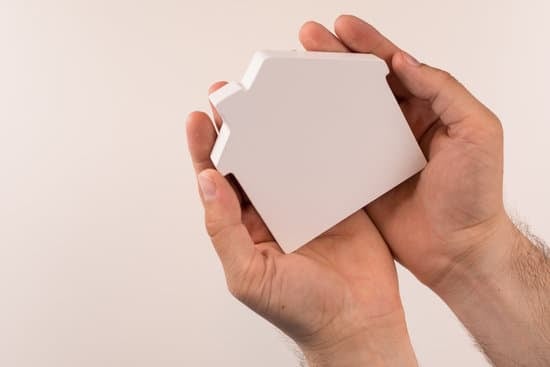Homeowners should make a habit of regularly inspecting their home insulation for signs of wear and tear. Depending on the type of insulation used, the timeline for replacement may vary. Fiberglass insulation, for example, typically lasts around 15 years before it needs to be replaced. If left in place for too long, fiberglass insulation can become dirty, damp, and unusable if any type of water damage occurs, such as a roof leak or burst pipe.
Here are some key indicators that it’s time for a homeowner to replace their insulation:
Increased energy bills: As insulation degrades, it becomes less effective in protecting against the transfer of heat and cold. This means that the home’s heating and cooling systems have to work harder, leading to higher energy bills.
Uneven temperatures: If one room in the home is consistently colder or warmer than others, this could be a sign that the insulation in that area has degraded and needs to be replaced.
Visual deterioration: Check the insulation for visible signs of damage, such as sagging or uneven areas. This could be a sign that moisture has gotten into the insulation, rendering it ineffective.
Overall, it’s essential for homeowners to take a proactive approach to insulation maintenance. Regular inspections and replacement as needed can help keep the home comfortable and energy-efficient for years to come.




















